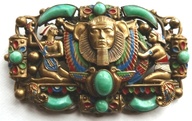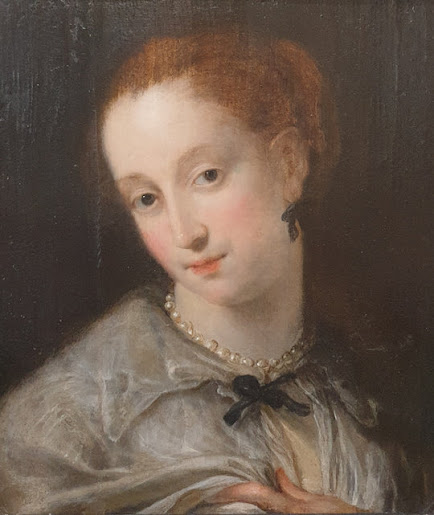Egyptian Revival and Autumnal East at Home
The Egyptian Revival
was a design style which itself was revived twice in the twentieth century and
is characteristically elegant and mysterious. It often uses humble materials but
it alludes to treasures of the east, earlier gods and goddesses, and exotic
luxury. With the Napoleonic Wars entire buildings in Europe begun to be built
to resemble those of ancient Egypt and jewellery and domestic object were
designed with reference to Egyptian art.
But real enthusiasm for the style
arrived in England with Admiral Nelson’s defeat of Napoleon at the battle of
the Nile. Napoleon took a scientific expedition with him to Egypt which
described in a book all things Egyptian. It inspired everything from tea sets
to jewellery. In the twentieth century the Egyptian Revival craze took hold
with mass manufacturing and the historic events of Carter’s archaeological
discoveries of Tutankhamen’s tomb.
French Silver & Onyx drop earrings from Linda Bee
Pharaonic Faces with Czechoslovakian glass in form of Scarabs from Linda Bee
On November 1922 Carter’s excavation team
found the steps leading to Tutankhamen’s tomb by far the best preserved
pharaonic tomb and masses of treasures found in the Valley of the Kings.
It caused a sensation back home. In 1972 a major exhibition of Tutanhamun’s
treasures in the British Museum had an overwhelming public response. Both
revival periods created a proliferation of wonderful objects - some of the finest
examples of which can be found here at Grays.
Egyptian Revival brooch with unusual colour glass centrepiece from Gillian Horsup
Brooches - top French Silver Amethyst, French Silver Scarab and French Silver Cat all from Linda Bee
Egyptian style cuff from Sian Salter






.jpg)

Comments
Post a Comment